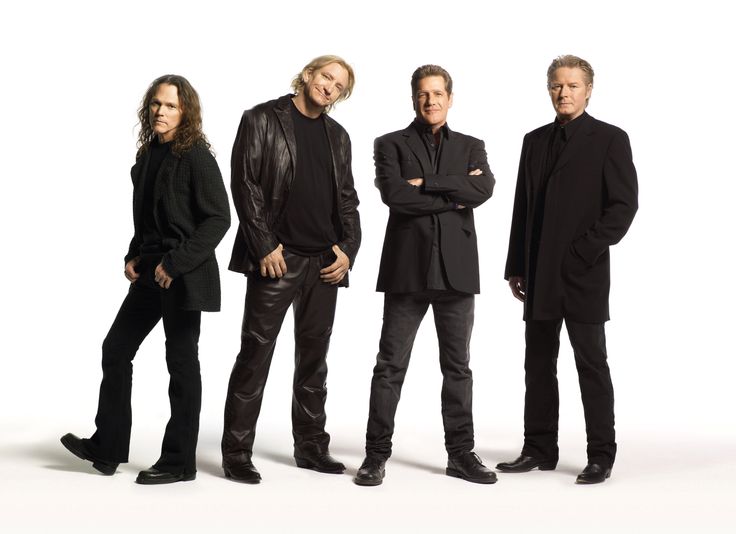
A Fevered Search for Meaning in the Shadows of Desire and Disillusionment
When “One of These Nights” ascended to No. 1 on the Billboard Hot 100 in August 1975, it marked a definitive turning point for the Eagles, signaling not only commercial triumph but also their deeper immersion into darker emotional territories. Featured on their sixth studio album, aptly titled One of These Nights, this track crystallized a moment in American rock where the polished harmonies of country-tinged optimism gave way to the smoldering turbulence of the human heart.
Written by Don Henley and Glenn Frey, two architects of the band’s sonic evolution, “One of These Nights” is both seductive and haunted—a fusion of late-night longing and existential dread cloaked in lush production and sinuous rhythm. It arrived at a time when the Eagles were transitioning from their early Laurel Canyon folk-rock roots into something far more sleek, urbane, and complex. The title track became emblematic of that shift, threading disco-inflected basslines and falsetto-laced vocals with the band’s signature harmonies. But beneath its velvet surface lies a primal ache—one that speaks to the loneliness found not in solitude, but in pursuit.
The song unfolds as an internal monologue, a soul restless with yearning and spiritual fatigue. “One of these nights,” Henley intones in that weary, golden voice, “you’re gonna get it right.” It’s a promise to someone else perhaps—but more likely, a desperate whisper to oneself. The repetition becomes incantatory, a mantra wrapped in uncertainty: not tonight, maybe not tomorrow, but someday—someday soon—the elusive connection will arrive. Or so we tell ourselves.
Musically, “One of These Nights” is among the most sophisticated arrangements in the Eagles’ repertoire. Randy Meisner’s supple bass line lends a nocturnal pulse that anchors the track, while Don Felder’s serpentine guitar solo cuts through the haze like headlights on an empty desert road. The fusion of R&B sensuality with rock’s introspective grit was no accident; it reflected Henley and Frey’s desire to break free from genre constraints and mirror the growing complexity of their own lives and careers.
Yet what gives “One of These Nights” its enduring gravity is how it captures a quintessentially American malaise—the ceaseless chase for meaning amid plenty. At its core is a man adrift in a world that promises satisfaction yet rarely delivers it. He is entangled in fleeting pleasures, haunted by dreams deferred or betrayed. The night here isn’t just temporal—it’s spiritual. It represents both temptation and transcendence, escape and confrontation.
As part of an album that would sell over four million copies and solidify the Eagles as torchbearers of 1970s rock introspection, “One of These Nights” stands as a masterwork of dualities: beauty wrapped around despair, harmony carrying dissonance. It’s not merely a song; it’s an invocation—for connection, for clarity, for something real in a world increasingly full of mirages. In this way, it remains timeless: one more dispatch from the long night of the American soul.